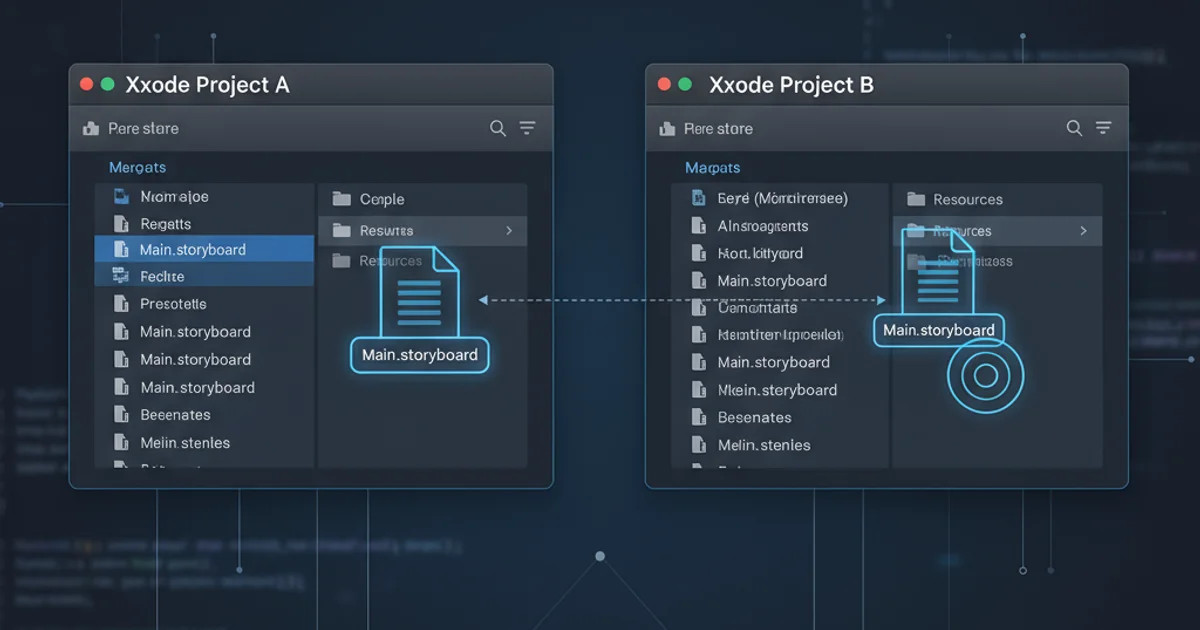How useful/important is REST HATEOAS (maturity level 3)?
Categories:
The Utility and Importance of REST HATEOAS (Maturity Level 3)

Explore the principles, benefits, and practical implementation of HATEOAS in RESTful APIs, understanding its role in achieving true REST maturity.
RESTful APIs have become the de facto standard for web service communication. While many APIs claim to be RESTful, a significant number only achieve Richardson Maturity Level 2, focusing on resources and HTTP verbs. The highest level of REST maturity, Level 3, introduces HATEOAS (Hypermedia as the Engine of Application State). This article delves into what HATEOAS is, why it's important, and how it can transform your API into a truly self-discoverable and flexible system.
Understanding HATEOAS: The Core Principle
HATEOAS is a constraint of the REST application architecture that distinguishes it from other network application architectures. It means that a client interacts with a REST server entirely through hypermedia provided dynamically by the server. Instead of hardcoding URLs, the client finds out what actions it can perform and where to go next by following links embedded in the server's responses. This makes the API more resilient to changes and more discoverable.
flowchart TD
A[Client Request: GET /orders/123] --> B{Server Response: Order Details + Links}
B --> C["Link: 'self' -> /orders/123"]
B --> D["Link: 'cancel' -> /orders/123/cancel"]
B --> E["Link: 'update' -> /orders/123/update"]
C --> F[Client can re-fetch order]
D --> G[Client can cancel order]
E --> H[Client can update order]
F & G & H --> I[Client follows links, not hardcoded URLs]HATEOAS flow: Client discovers actions via hypermedia links
Why HATEOAS Matters: Benefits of Level 3 Maturity
Adopting HATEOAS brings several significant advantages, moving beyond simple CRUD operations to a more robust and adaptable API design. It addresses common challenges faced by API developers and consumers alike.
Decoupling Client and Server
One of the primary benefits is the strong decoupling between the client and the server. The client doesn't need prior knowledge of the API's URI structure beyond an initial entry point. If the server changes its URI scheme for a resource, the client doesn't break, as long as the link relation (e.g., self, next, cancel) remains consistent. This significantly reduces maintenance overhead and allows for independent evolution of client and server applications.
Enhanced Discoverability
HATEOAS makes APIs self-discoverable. A client can start with a single URI and explore the entire API by following the provided links. This is particularly useful for complex APIs with many resources and possible state transitions. It acts as a form of built-in documentation, guiding consumers on what they can do next based on the current state of a resource.
Improved API Evolution
As APIs evolve, new functionalities are added, and old ones might be deprecated. With HATEOAS, the server can dynamically expose new links or remove old ones, signaling to the client what actions are currently available. This allows for more graceful API evolution without forcing immediate client updates, as long as clients are designed to interpret link relations rather than hardcoded paths.
Practical Implementation: Adding Hypermedia to Responses
Implementing HATEOAS involves embedding links within your API responses. These links typically include a rel (relation) attribute describing the link's purpose and an href (hypertext reference) attribute pointing to the target URI. Common formats for embedding links include JSON Hypertext Application Language (HAL), Siren, or Collection+JSON.
{
"orderId": "123",
"status": "pending",
"totalAmount": 99.99,
"_links": {
"self": {
"href": "/orders/123"
},
"cancel": {
"href": "/orders/123/cancel",
"method": "POST"
},
"customer": {
"href": "/customers/456"
}
}
}
Example of a HAL+JSON response for an order resource
In this example, the _links object provides hypermedia controls. The self link allows the client to retrieve the current state of the order. The cancel link indicates that the order can be cancelled and provides the URI and HTTP method to do so. The customer link points to the associated customer resource. A client consuming this API doesn't need to know that cancelling an order is a POST request to /orders/{id}/cancel; it simply follows the link with rel='cancel'.
Challenges and Considerations
Despite its advantages, HATEOAS is not without its challenges. The learning curve for both API developers and consumers can be steep. Designing appropriate link relations and ensuring consistent hypermedia structures across a large API requires careful planning. Furthermore, some client-side frameworks and tools are not inherently designed to work with dynamic hypermedia, potentially requiring custom implementations.
graph TD
A[API Design] --> B{Define Link Relations}
B --> C{Embed Links in Responses}
C --> D[Client Implementation]
D --> E{Parse Hypermedia}
E --> F{Follow Links Dynamically}
F --> G[Achieve Decoupling & Discoverability]
style A fill:#f9f,stroke:#333,stroke-width:2px
style D fill:#bbf,stroke:#333,stroke-width:2pxHigh-level process for implementing and consuming HATEOAS
However, for APIs that require high levels of flexibility, discoverability, and resilience to change, the investment in HATEOAS can pay off significantly in the long run. It pushes APIs towards the true vision of REST, where the application state is driven by hypermedia, much like how a human navigates the web.